
17.08.2020
8 Dakika
Türkiye is home to many significant sites that have shaped human history. More than 20 of these sites are on the UNESCO World Heritage List, and more than 70 are on UNESCO's Tentative List. The World Heritage List was established by UNESCO to promote cultural and natural assets that hold universal values, which are accepted as the common heritage of all humanity; to create social awareness to protect this universal heritage, and to ensure the necessary cooperation for the survival of cultural and natural assets that are degraded and destroyed for various reasons. In this blog series, we aim to share the unique stories of the sites from Türkiye that have been inscribed on the List, starting with Aphrodisias in Aydın.
The world-famous photojournalist Ara Güler is at the center of the discovery story of Aphrodisias. Capturing the spirit of a generation with his iconic photography, Ara Güler traveled the world photographing influential figures such as Winston Churchill, Alfred Hitchcock, Salvador Dali, and Picasso.
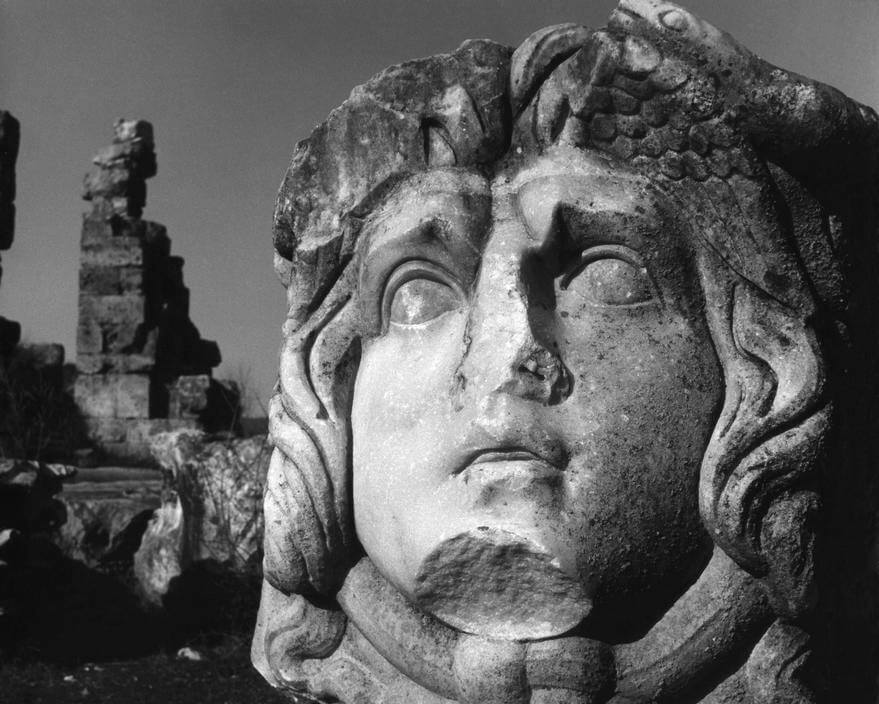
Photo: Ara Güler
Lost during assignment in Aydın, Ara Güler was surprised to find villagers living among priceless Roman relics near Geyre. Güler's photographs taken here in 1958 led to the discovery of the lost ancient city of Aphrodisias. The ancient city, which was already known to the locals, attracted national and international attention thanks to these photographs, and excavations revealed a well-preserved ruin with many striking structures.
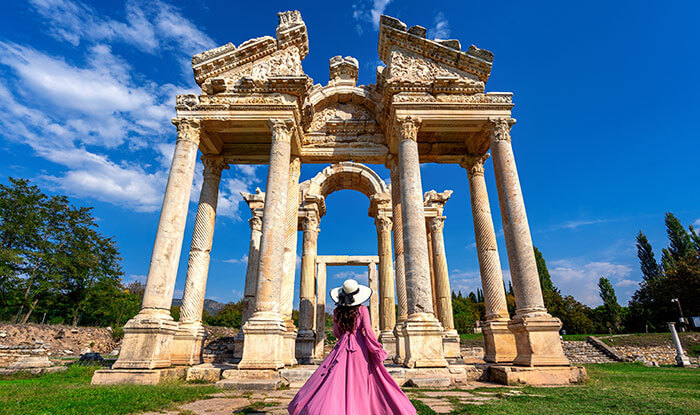
Named after the classical goddess of beauty and love, Aphrodite, the ancient city was known for the Temple of Aphrodite and the stunning statue of the goddess displayed at the temple. This version of Aphrodite was a blend of classical mythology's goddess of love and the archaic Anatolian goddess of fertility. The fact that this unique cult image of Aphrodite of Aphrodisias is found elsewhere in the Mediterranean indicates the regional importance of this temple.
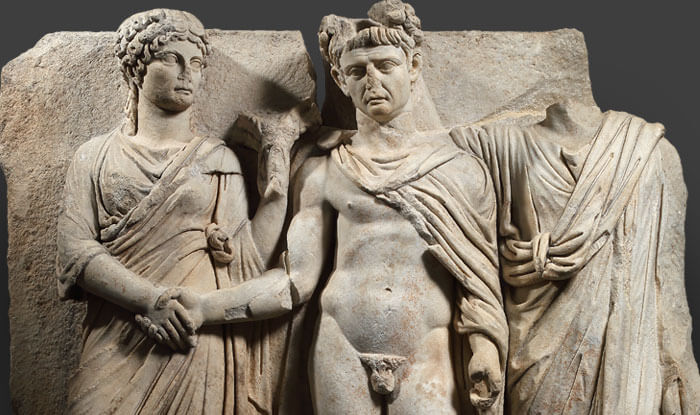
Aphrodisias was famous in antiquity for its expert sculptors, fine marble sculptures, and an important sculpture workshop (also uncovered during excavations). The marble quarries near the city were a crucial factor in the development of Aphrodisias into a leading artistic center.
The sculptors of Aphrodisias were especially sought after for the production of marble busts and statues of influential figures of the Roman Empire in late antiquity (4th-6th century BC). Their products were recognized as the finest marble works of the period and were exhibited in major cities such as Rome, Constantinople, Sardes, Laodikeia, and Stratonikeia. Prime examples of the Aphrodisian sculpture can be found in the Hadrian’s Villa in Tivoli, Italy. The remaining artifacts at Anatolian territories, such as statues and sarcophagi with reliefs, are exhibited in the Aphrodisias Museum at the entrance of the archaeological site in Geyre, Karacasu. This extraordinary marble workmanship is also evident in the architecture of the ancient city.
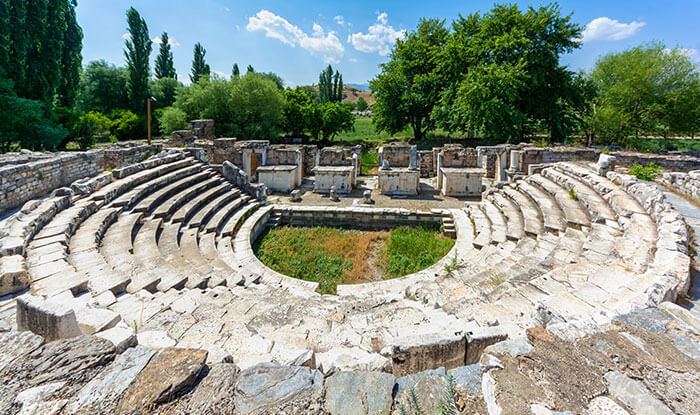 ,
,
Aphrodisias offers visitors a wealth of structures to explore. Chief among them, of course, is the temple dedicated to Aphrodite, after whom the city was named. Built in the 3rd century BC, the temple was the heart of the community, and what remains of it today actually belongs to the church structure into which it was converted in Late Antiquity. Both the temple and the church are magnificent monuments whose plans can be distinguished in detail. Moreover, this transformation was a unique architectural undertaking because the temple was literally turned inside out. The monumental columned Tetrapylon at the entrance to the temple is also one of the structures that immediately captivates visitors with its finely crafted reliefs.
One of the most important structures in the archaeological site is the best-preserved stadium of the ancient world. Considering that the stadium has a capacity of 30,000 spectators and the population of the ancient city was about 10,000, the size of the stadium is truly remarkable. At 270 meters long, it is also one of the largest stadiums in the world.
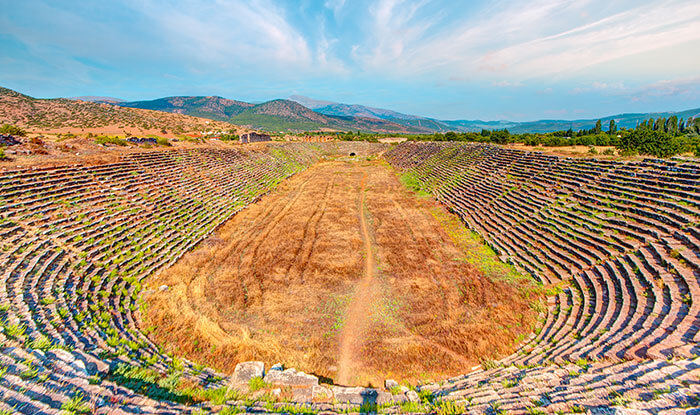
The stadium stands out with its architectural form, featuring two curved ends forming an ellipse. This form is particularly important as it allows spectators to easily see the rest of the arena without blocking each other's view. In addition to gladiatorial fights, the stadium hosted traditional athletic competitions such as foot races, long jump, discus and javelin throwing, and wrestling. Inscriptions carved into the seats provide clues about the audience, with spaces reserved for the guilds of artisans and craftsmen, as well as influential figures of the time.
Some of the other structures discovered in the site include: Agora Gate, Atrium House, Civil Basilica, Gaudin’s Gymnasium, Gaudin’s Fountain, Hadrianic Baths, theater, houses, city park, quarries and sculpture’s workshop. All these structures, artifacts, and more await you in Aydın to offer an unforgettable historical experience at Aphrodisias archaeological site and museum. To get more detailed information about these structures before your visit, you can read our article “Beauty Immortalized in Marble: Aphrodisias”.